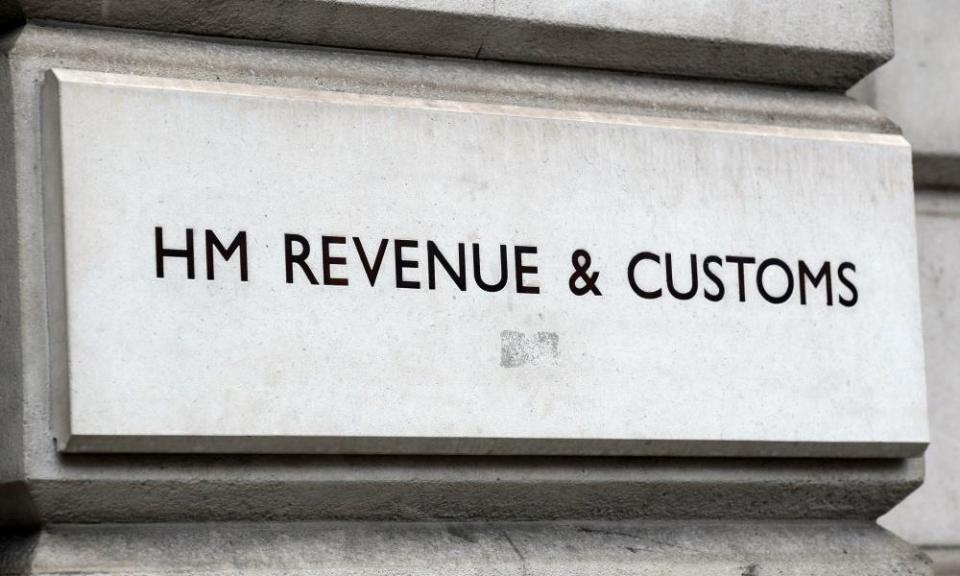How UK taxpayers can avoid falling into the child benefit trap

Workers with children who earn close to £50,000 a year may unwittingly owe HM Revenue & Customs hundreds, and in some cases thousands, of pounds because of the high-income child benefit charge.
Every year HMRC sends out thousands of letters to parents asking them whether they are liable to pay the charge – in 2019-20 it sent 73,000 and a similar number are expected in the current tax year.
Those who do not have a reasonable excuse for not having informed HMRC they earned above the threshold may face penalties, the letters warn.
In 2013, the then chancellor, George Osborne, introduced the controversial charge, which means anyone who earns more than £50,000 and claims child benefit, or lives with a partner who does, must repay some or all of the money.
Those earning less than £50,000 a year are unaffected.
The charge is calculated on a sliding scale – and is equal to 1% of the amount of child benefit for each £100 of income between £50,000 and £60,000. Someone earning £55,000 a year has to repay half the child benefit they or their partner received that tax year. For those earning more than £60,000, the charge is equivalent to 100% of the child benefit received.
It is controversial because HMRC chases the person earning above the income threshold rather than the recipient of the money.
Every year the high-income charge catches out thousands of families who are either unaware of it or who find themselves unwittingly earning more than they thought.
A worker who earns a headline rate of £48,000 a year can find that their true income for tax reasons is above £50,000 because they receive other benefits such as a company vehicle or even private medical insurance. Other workers have been caught out after receiving a pay rise, or a bonus that has tipped them over the £50,000 threshold.
Child benefit is worth £21.05 a week for the first child and £13.95 for additional children.
A family with two children receive £1,820 a year and some people have reported being told they must pay back as much as £660 a month.
Those receiving the most recent HMRC letters face having to assemble proof of their income
In some extreme cases, workers who moved in with a partner who already had children have been pursued by HMRC for thousands of pounds. They may not have seen a penny of the child benefit paid to their new partner.
Those receiving the most recent HMRC letters face having to assemble proof of their income. Employees will need their P60 form, which shows their annual income for each tax year, after any pension contributions are deducted. They then need to add any extra income listed on their P11D, plus any extra sums they earn.
The government has a child benefit tax calculator that will help those receiving the letters work out whether they owe money, and there is a helpline to call if you receive a letter.
Even if you are confident that you are not liable, you are advised to respond to HMRC if you receive a letter to save further correspondence or an investigation.
Those who discover they are liable to hand back all or some of the benefit paid in 2019-20 will have to complete a tax return for this and future years. While the deadline is technically the end of the month, there is a three-month extension for those ordered to file a tax return from the date of the request.

It appears HMRC is taking a slightly softer approach to previous years and is accepting reasonable excuses judged on a case-by-case basis. In 2018, HMRC announced it would consider refunding parents who had been fined for not registering for the high-income child benefit charge. Those ignoring the letters face a possible investigation and the imposition of fines.
Critics of the scheme have long argued that HMRC knows exactly how much most employees have earned and where they live, and yet it requires consumers to tell it they are liable for the charge.
In 2019, Guardian Money reported on the case of a woman who had received a £5,400 demand. A pay rise had sent her over the threshold but HMRC had not alerted her to the fact that she would face the charge.
Mothers can choose to opt out of getting child benefit payments and thereby avoid the charge, and many families have done this. The other way to avoid the charge is to reduce your taxable income by paying more into your pension. Any contributions made into a company or personal pension scheme will reduce the final amount of adjusted net income, allowing you to avoid the charge.

 Yahoo Finance
Yahoo Finance 